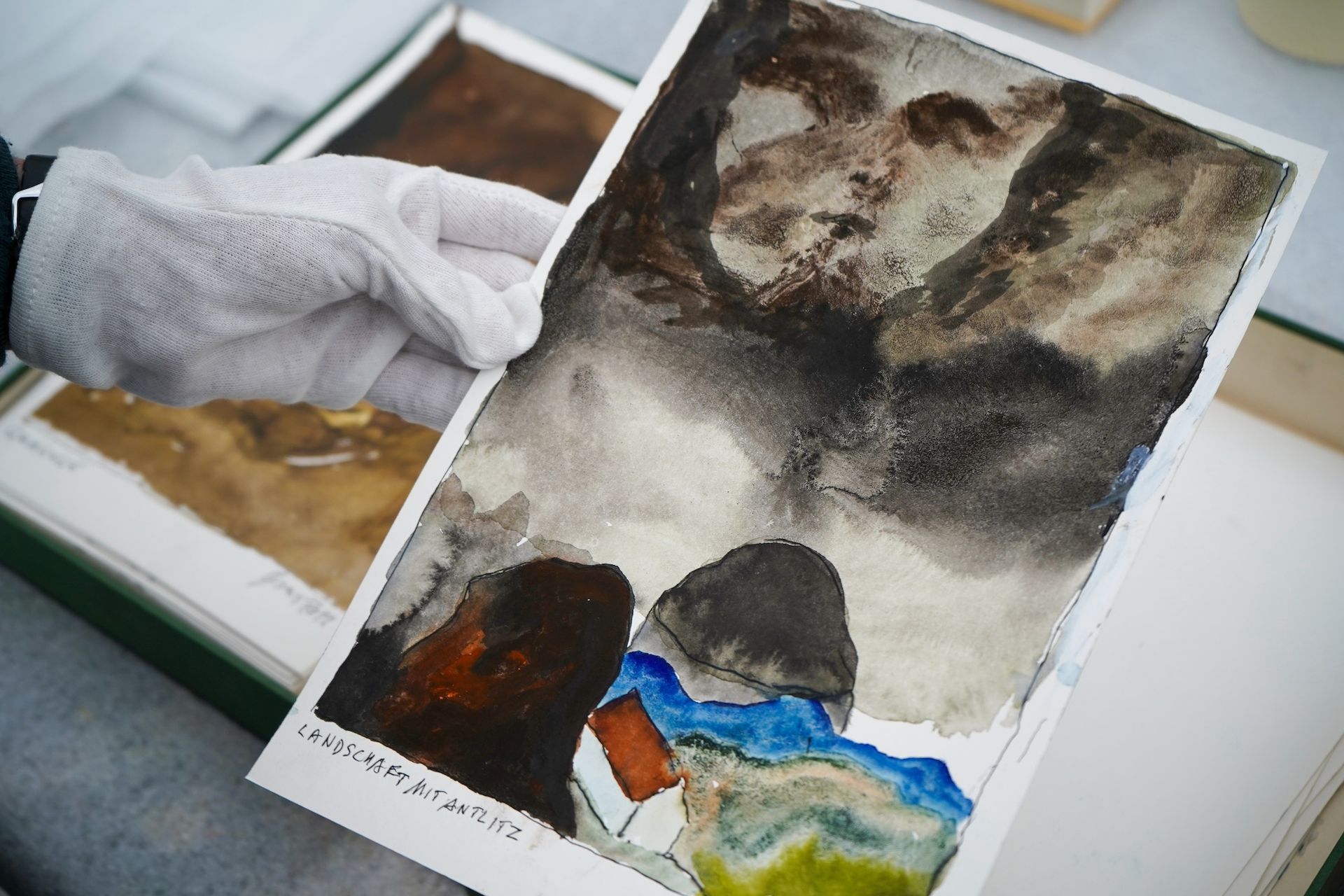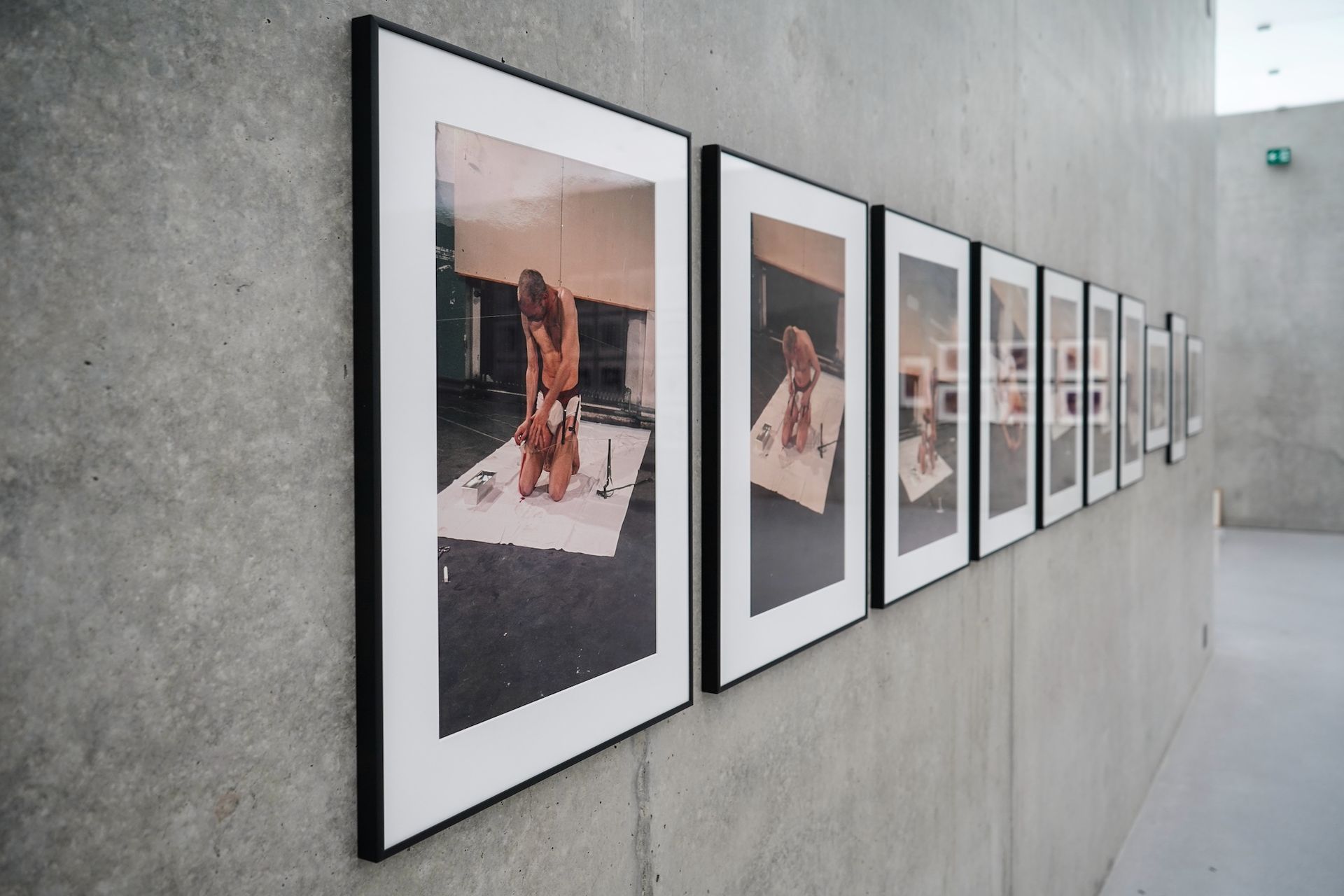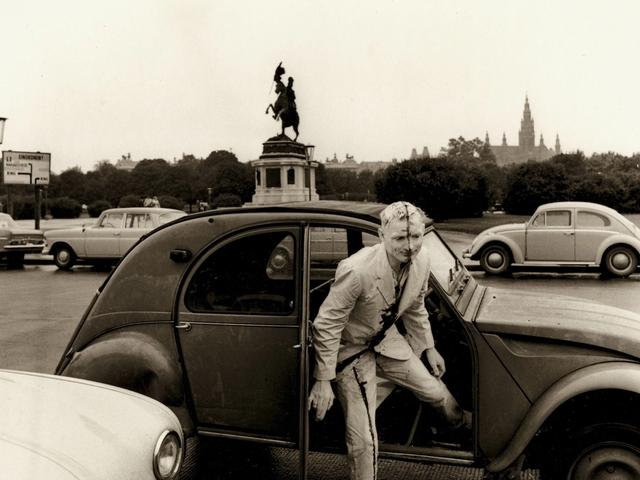Günter Brus, one of the cardinal figures of the Viennese Actionism movement, has died. Brus, who co-founded the movement along with Otto Mühl, Hermann Nitsch and Rudolf Schwarzkogler, died in his home city of Graz, Austria on Saturday (10 February). He was the last surviving member of this founding group of Actionist artists, and his death comes less than a week before a massive survey of his work, featuring nearly 500 pieces from throughout his more than six-decade career, opens at Austria’s Kunsthaus Bregenz (16 February-20 May). Brus was 85.
“The Kunsthaus Bregenz staff mourns the loss of this extraordinary artist. Brus is one of the most important [artists] of the post-war period and his departure is an incomparable loss for Austria’s art history,” Thomas D. Trummer, director of Kunsthaus Bregenz, said in a statement. “Brus was a draftsman, Action artist, poet, intellectual—and visionary. His works bear witness to a profound examination of the themes of humanity and existence.”
Brus was born in the Austrian village of Ardning in 1938, the same year that the country was annexed by Nazi Germany. Facing and critiquing this dark chapter in his native country’s history would eventually become central to the artist’s work. He studied at Kunstgewerbeschule in Graz before transferring to the Academy of Fine Arts in Vienna, though he dropped out in 1960.

Günter Brus, installation view, Kunsthaus Bregenz, 2024 Photo: Stefan Wagner. Courtesy of the artist. © Günter Brus, Kunsthaus Bregenz
In this period, he was creating paintings that were inspired by the Abstract Expressionists popular in the US at the time. Brus soon escalated the gestural elements that these artists employed and the corporeal processes that such paintings implied by explicitly incorporating his own body into his practice and using it as a vehicle for the works themselves. In pieces such as his 1965 Vienna Stroll, for example, Brus painted himself white with a black stripe down the centre of his face and body—turning himself into an image that might recall a work by Franz Kline or Jackson Pollock—before walking around Vienna’s Heldenplatz square. (The work ended when a police officer ticketed him for disturbing the peace.)
Alongside his fellow Actionists, Brus’s work grew both in the extremity of its boundary-pushing use of the body and in its explicit political messaging. In 1968, the Actionists were invited to perform at the University of Vienna, where they staged the work Art and Revolution, which involved Brus urinating, defecating, masturbating and cutting himself all while singing the Austrian national anthem. This performance led to Brus being prosecuted for “degrading symbols of the state” and, in order to avoid imprisonment, he fled to West Berlin with his wife and daughter, where the family lived for a decade before returning to Austria. “In Berlin we found an open and tolerant, liberal society,” he told The New York Times in 2018. “My wife didn’t even know what the police looked like for the first two years.”

Günter Brus, installation view, Kunsthaus Bregenz, 2024 Photo: Stefan Wagner. Courtesy of the artist. © Günter Brus, Kunsthaus Bregenz
A 1970 performance titled The Real Test, which incorporated self-injurious behaviour such as cutting himself with a razor blade and beating himself, proved to be Brus’s final performance, as he felt that he had reached his physical limit. For the rest of his career, his work shifted to other media, including drawings, paintings, films and what he described as picture poems, many of which contained both written text and illustration. “I couldn’t sustain these heavy injuries any more,” he said in a 2016 interview with The Art Newspaper. “My actions weren’t theatrical like Nitsch’s or Mühl’s; they related to me and I couldn’t continue this self-harm forever.”
Though he remained most widely known for his Actionist performances, these occurred for less than a decade, and it was his subsequent body of work—particularly the drawings and paintings—that would sustain Brus’s career over the ensuing decades and comprise the bulk of his oeuvre. The primary concerns of these later works remained consistent with his performances: in them, Brus frequently rendered images of the body in various contortions and interpretations, and he never ceased to explore and draw upon our most primal drives and instincts.



